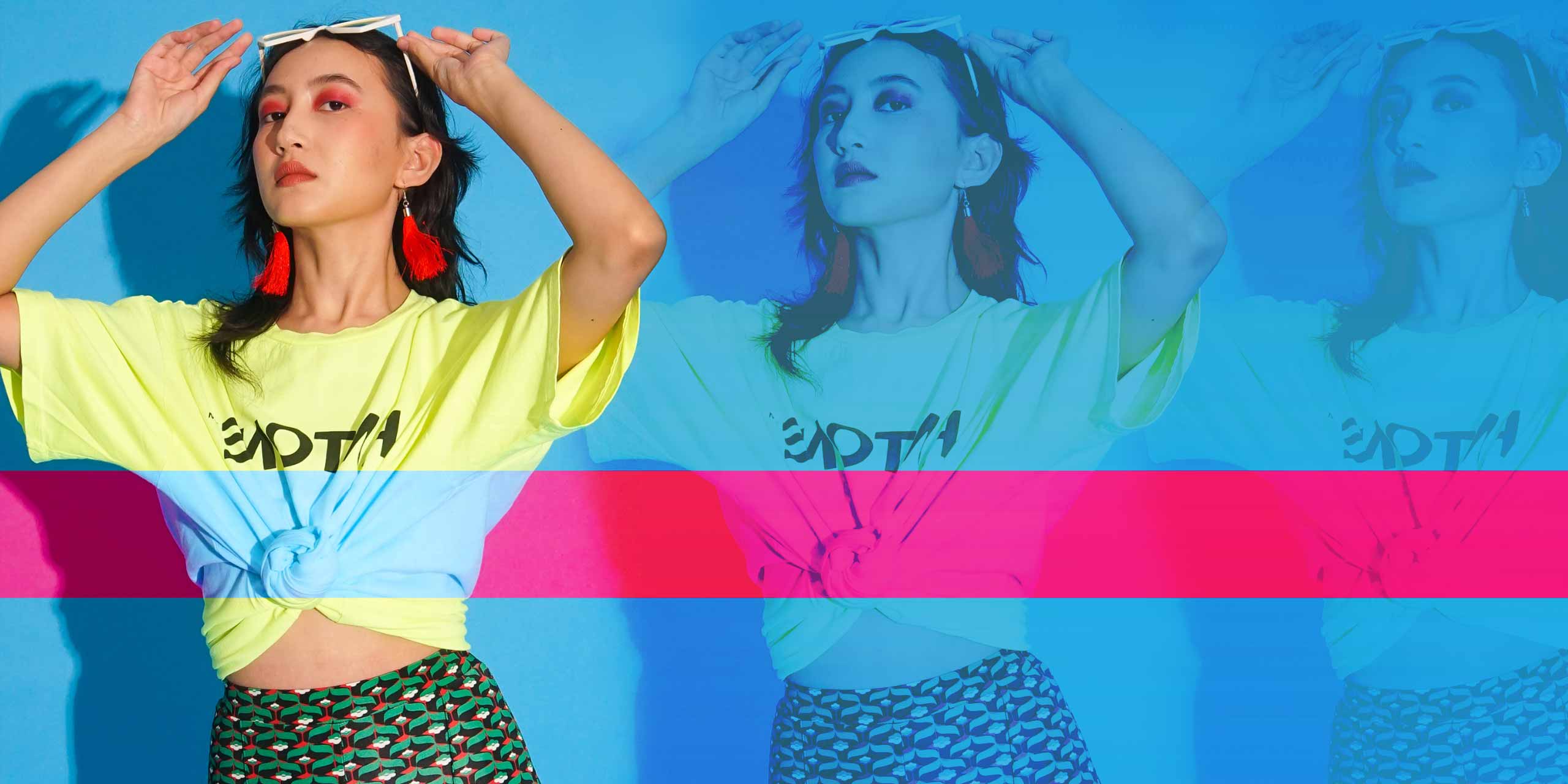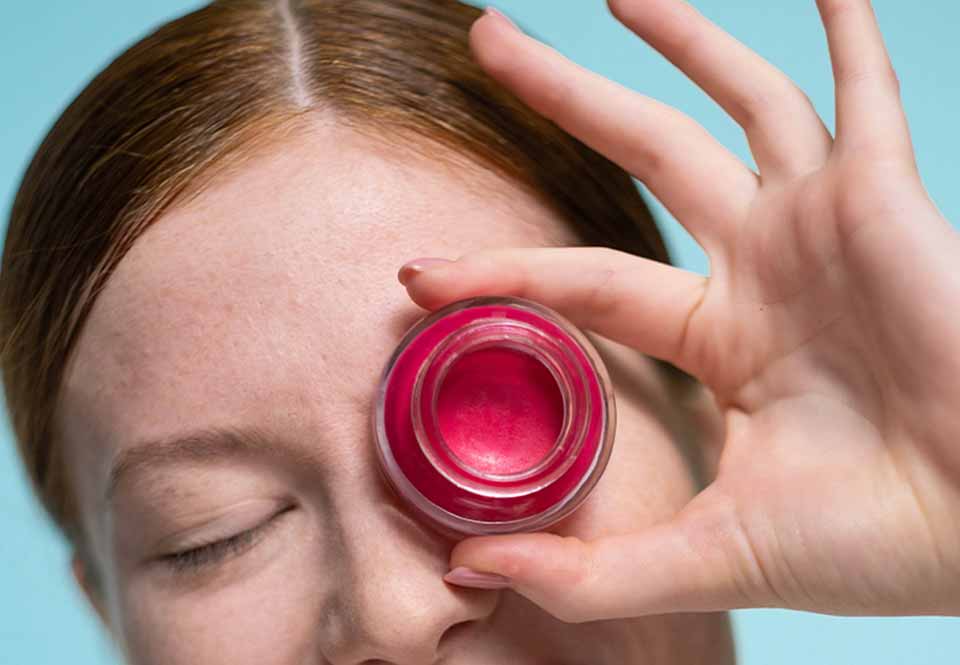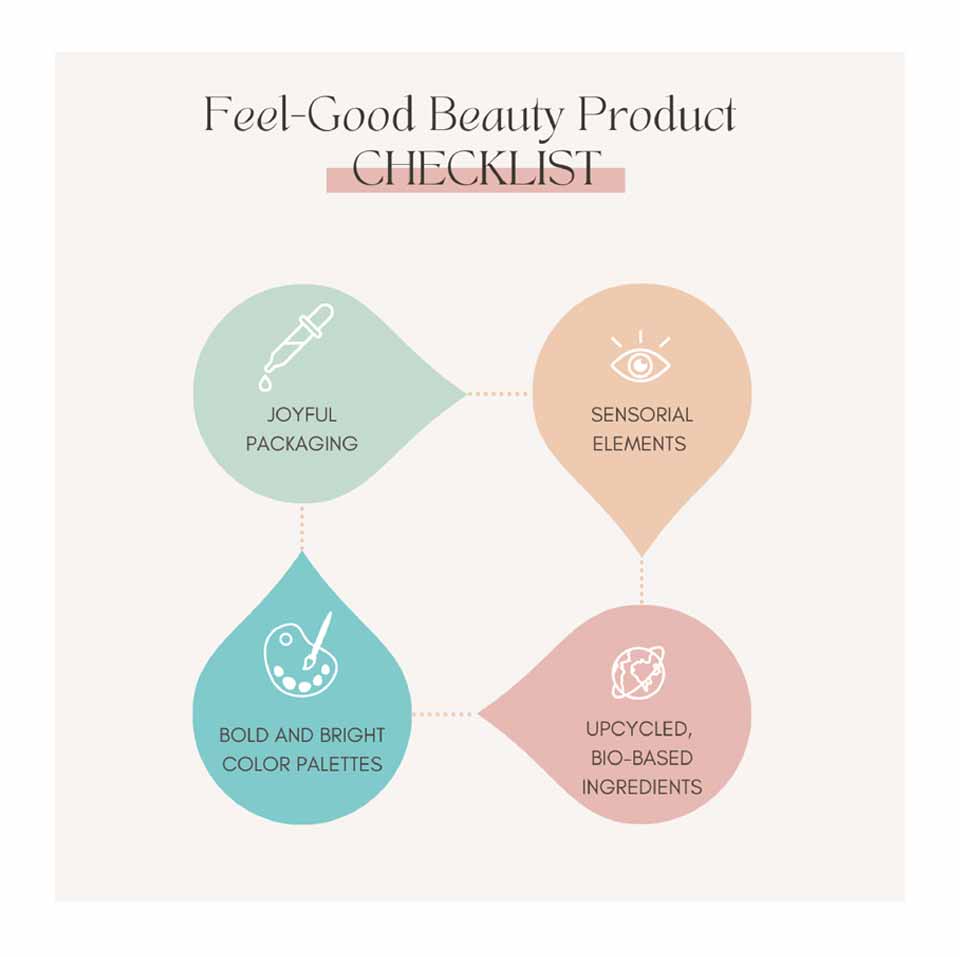- Search
The new Retro.

While it’s fun to reminisce, it’s equally important to stay grounded in modern beauty practices—upcycled ingredients, sustainability, and transparency will continue to be key drivers of success for the future of beauty.
There’s a first time for everything, and that includes beauty. Social media-obsessed teens and tweens are a rising “in-betweener” beauty cohort, exploring self-expression through artistic “face play” with colorful makeup and taking a first stab at a consistent skincare routine (WGSN). This group of digital natives is growing up fast with never-before-seen exposure to beauty—scrolling through TikTok for makeup ‘hacks’ and self-educating themselves on skincare via their smartphones.
Currently, 90% of girls and 69% of boys between the ages of nine to 17 use beauty products (Mintel). While this is an area of opportunity for brands, it’s important to center products around mindful messaging of confidence and self-acceptance. Pediatrician-approved, cruelty free, paraben-free, and nut-free ingredients help keep formulas gentle enough for sensitive skin, so young people can start exploring beauty products without the breakouts (WGSN).
Gen Z was born at the turn of the millennium, and their beauty interests have officially come full circle. Shimmery biodegradable glitter, glossy lips, and pop-bright eyeshadow serve up a playful dose of nostalgia and bold Y2K-inspired makeup looks. Brands are playing into this desire to reminisce, reliving the halcyon days of childhood with 90s throwback collaborations (hello, Lisa Frank!) and bright 80s-esque makeup palettes.



Beauty products should strive to do one thing: make you feel amazing. While it’s what’s on the inside that really counts, the outside—product packaging—can also spark joy. Consumers emerging from pandemic-induced slumps are seeking out moments of bliss in the everyday, including their beauty routines.
For a “feel good” product to come full circle, it needs to be inherently sustainable—starting with the supply chain. Forward-thinking brands are finding ingenious ways to repurpose waste into beauty products by ‘hacking’ supply-chain issues and sustainability concerns in one go (Beauty Streams).
According to Givaudan, 69% of consumers globally say that they find products with recycled or upcycled ingredients appealing. These bio-based ingredients come from many unexpected sources: discarded coffee grounds for exfoliant scrubs, oil by-products from the juice industry used in tonics, agro-waste from banana farms are transformed into micellar jelly, and many more (WGSN). Safe for your skin and the environment? We call that a win-win.

